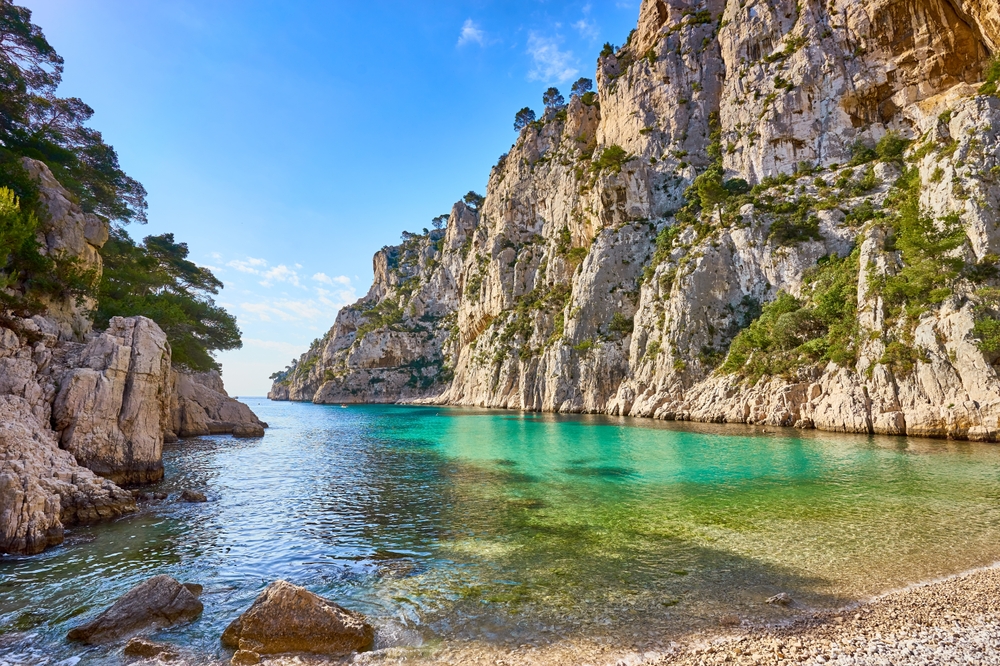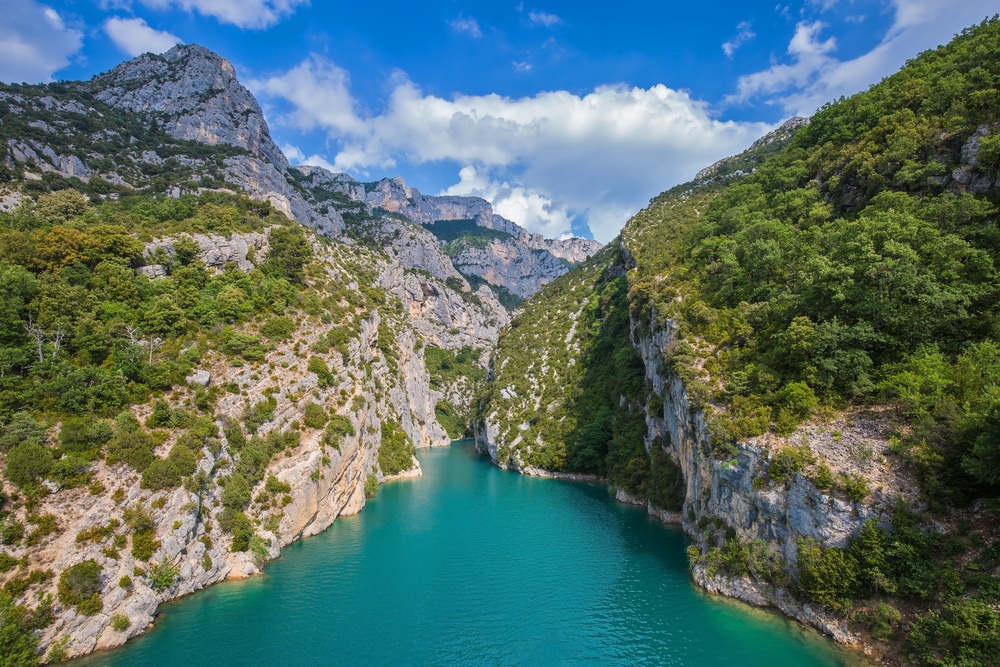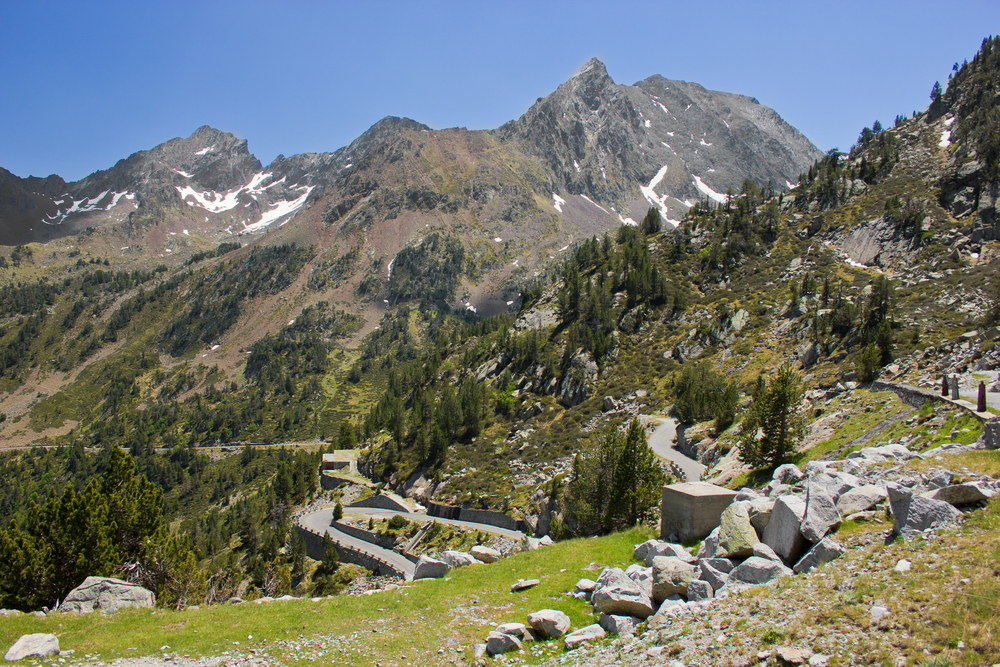Calanques Overview
Calanques National Park, known as Parc National des Calanques in French, is a breathtaking coastal park located in the Provence-Alpes-Côte d’Azur region of southern France.
Covering approximately 201 square miles (521 square kilometers), with both terrestrial and marine protected areas, the park stretches from Marseille to Cassis and La Ciotat along the Mediterranean coast. It is renowned for its dramatic limestone cliffs, rugged fjord-like inlets called calanques, and crystal-clear turquoise waters, making it one of the most stunning and unique national parks in Europe.
The terrain is characterized by steep, jagged rock formations, deep valleys, and hidden coves, all shaped by centuries of erosion. Some of the most famous calanques include Calanque de Sormiou, Calanque de Morgiou, and Calanque d’En-Vau, each offering striking views of limestone cliffs plunging into the sea.
The park is also home to Mont Puget, the highest peak in the park, rising to 1,860 feet (567 meters), and features dramatic landscapes interspersed with sparse Mediterranean vegetation, including garrigue, Aleppo pines, and aromatic herbs such as thyme and rosemary.
Calanques National Park is rich in biodiversity, supporting a wide range of terrestrial and marine species. On land, visitors may spot mammals such as the European rabbit, foxes, and the elusive genet. The park is also a crucial habitat for numerous bird species, including peregrine falcons, Bonelli’s eagles, and the rare blue rock thrush, which thrives in the park’s rocky cliffs.
Its marine environment is equally impressive, providing sanctuary to diverse marine life such as groupers, sea bream, and the iconic Mediterranean moray eel. The underwater caves and coral reefs create an ideal setting for marine biodiversity, making the park a prime location for snorkeling and scuba diving enthusiasts.
One of the park’s most popular features is its extensive network of hiking trails, which offer spectacular panoramic views of the Mediterranean Sea and surrounding cliffs. The famous GR 98-51 trail, which runs from Marseille to Cassis, is a favorite among hikers seeking to explore the calanques up close.
Rock climbing is another major attraction, with climbers from around the world drawn to the park’s limestone walls, offering both challenging ascents and stunning views. Kayaking and boating provide another way to experience the park, allowing visitors to navigate through the narrow inlets and discover secluded beaches inaccessible by foot. Scuba divers and snorkelers can explore the park’s underwater treasures, including caves and vibrant marine ecosystems.
Despite its natural beauty, Calanques National Park faces significant conservation challenges. The fragile limestone landscape is highly susceptible to erosion, and the increasing number of visitors has led to concerns about habitat degradation. Efforts have been made to regulate foot traffic, restrict vehicle access, and protect marine areas from overfishing.
Seasonal closures of certain trails during summer help prevent wildfires, a major threat in the dry Mediterranean climate. Conservation initiatives have successfully preserved endangered species and marine habitats, making the park a model for sustainable tourism and environmental protection.
Through strict regulations and community involvement, Calanques National Park continues to balance accessibility with the need to protect its delicate ecosystems for future generations.












































































